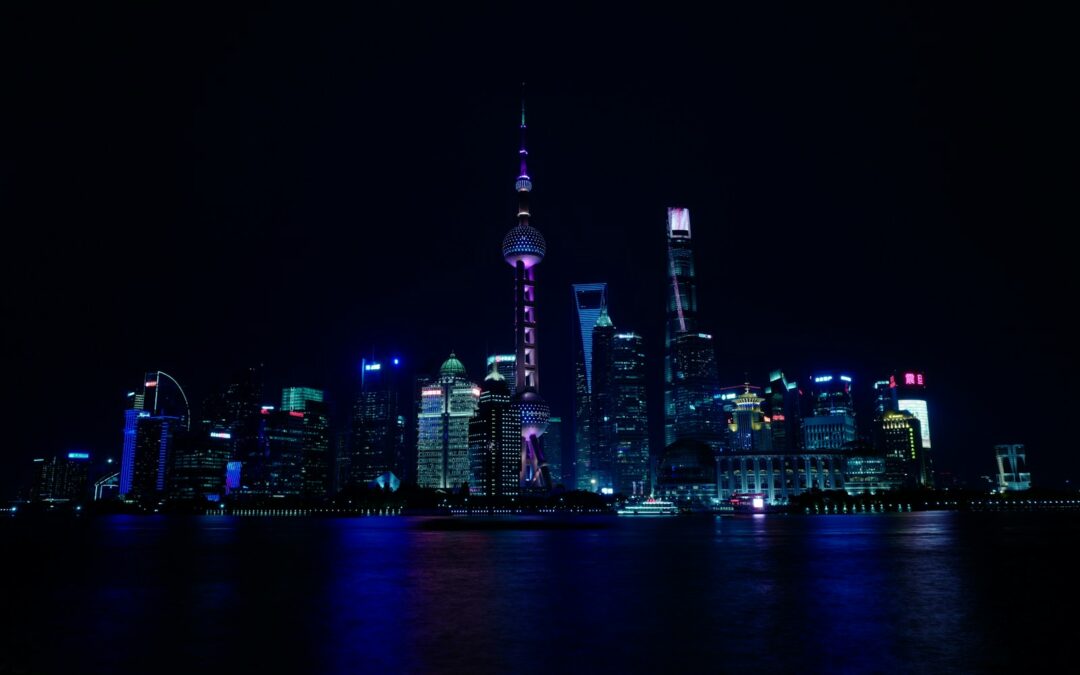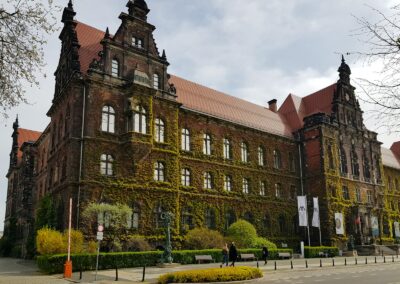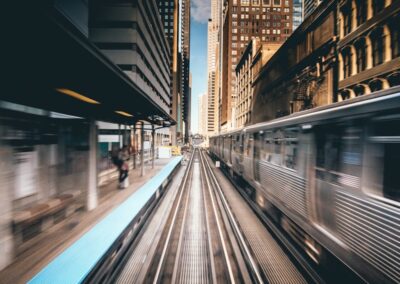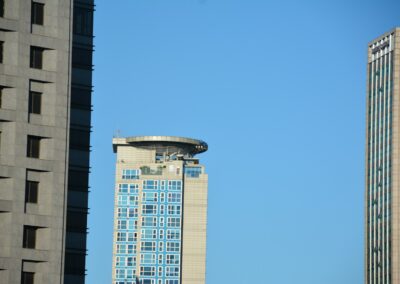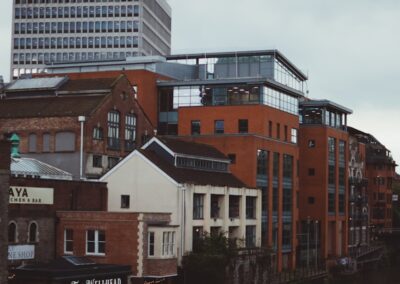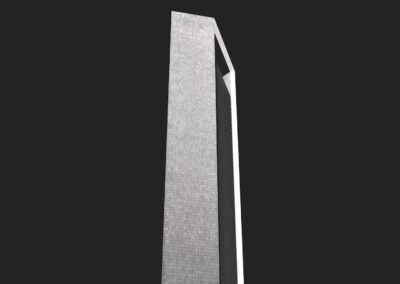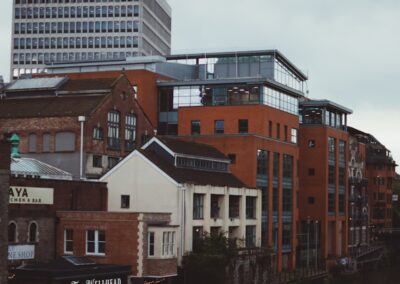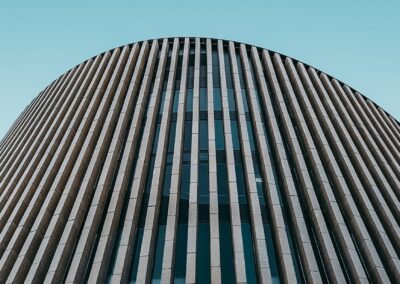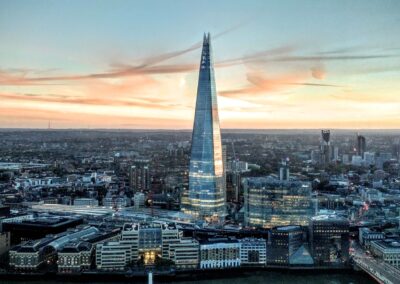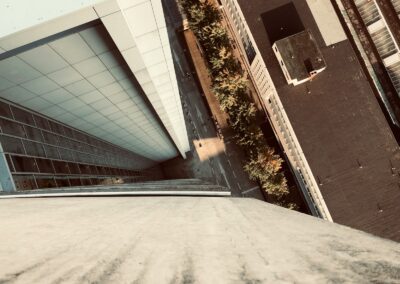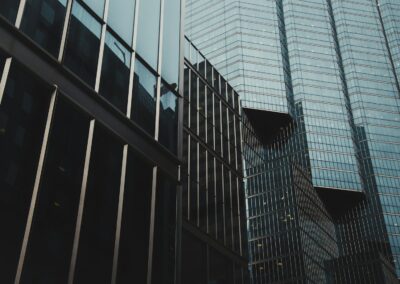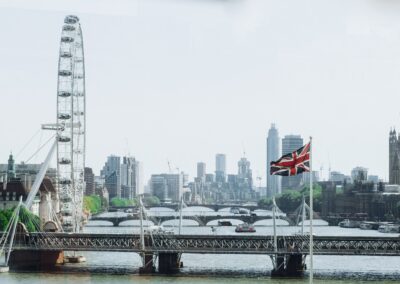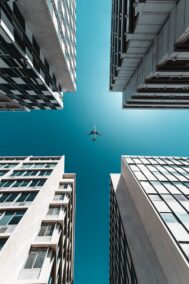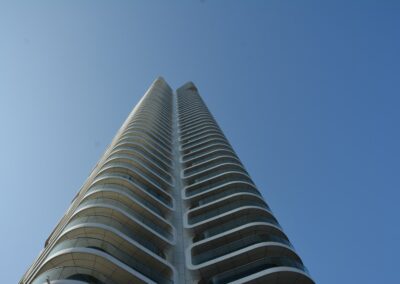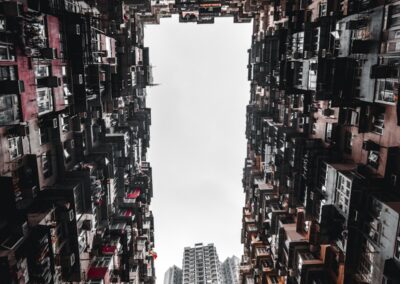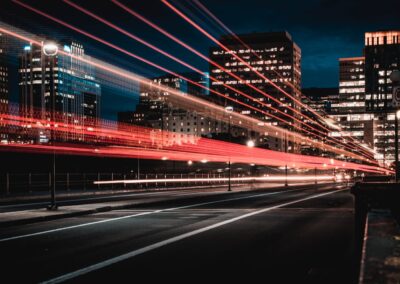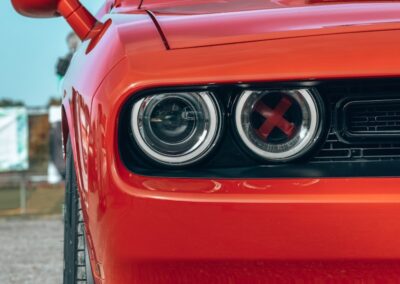The Rise of Vertical Complexes in Modern Urban Planning
Understanding Skyscraper Cities and Mixed-Use Spaces
The concept of skyscraper cities and mixed-use spaces has revolutionized urban living by integrating residential, commercial, and recreational areas within a single vertical complex. This innovative approach to urban planning addresses the challenges of space constraints in densely populated cities and enhances the quality of life for residents. In regions like Saudi Arabia and the UAE, cities such as Riyadh and Dubai are at the forefront of adopting and implementing these modern architectural marvels.
Mixed-use skyscrapers are designed to maximize space efficiency and promote a sustainable urban lifestyle. These structures typically include residential apartments, office spaces, shopping centers, hotels, and recreational facilities all within a single building. By combining multiple functions in one location, skyscraper cities reduce the need for extensive commuting, thereby decreasing traffic congestion and pollution.
In Riyadh, the development of mixed-use skyscrapers is part of a broader strategy to create vibrant urban centers that cater to the diverse needs of its population. These vertical complexes are designed to offer convenience and accessibility, making it easier for residents to live, work, and play in one place. The integration of smart technologies, such as AI and blockchain, further enhances the efficiency and functionality of these buildings, making Riyadh a model for futuristic urban living.
The Benefits of Mixed-Use Skyscrapers in Urban Living
The integration of skyscraper cities and mixed-use spaces brings numerous benefits to urban living. One of the most significant advantages is the promotion of a sense of community. By housing residential, commercial, and recreational facilities under one roof, these complexes create opportunities for social interaction and foster a sense of belonging among residents. This is particularly important in bustling cities like Dubai, where the pace of life can often lead to social isolation.
Mixed-use skyscrapers also contribute to economic growth by attracting businesses and investors. In Dubai, iconic structures such as the Burj Khalifa and the Dubai Mall exemplify the success of mixed-use developments. These buildings not only serve as major tourist attractions but also provide prime real estate for businesses, thereby boosting the local economy. The inclusion of recreational and cultural amenities within these complexes further enhances their appeal, making them desirable destinations for both residents and visitors.
Furthermore, the environmental benefits of mixed-use skyscrapers cannot be overlooked. By reducing the need for extensive transportation networks and promoting vertical living, these buildings contribute to lower carbon emissions and more sustainable urban development. In Saudi Arabia, initiatives such as the King Abdullah Financial District in Riyadh highlight the commitment to creating eco-friendly urban environments that prioritize sustainability and innovation.
Challenges and Future Prospects of Mixed-Use Skyscrapers
Addressing the Challenges of Vertical Living
While the concept of skyscraper cities and mixed-use spaces offers numerous benefits, it also presents several challenges that need to be addressed. One of the primary challenges is ensuring the seamless integration of different functions within a single building. This requires careful planning and design to prevent conflicts between residential, commercial, and recreational spaces. In Riyadh, urban planners and architects work collaboratively to create designs that balance these different needs while maintaining the overall aesthetic and functionality of the buildings.
Another challenge is the provision of adequate infrastructure to support the high density of people living and working in these complexes. This includes ensuring reliable utilities, such as water, electricity, and waste management systems, as well as providing sufficient parking and transportation options. In Dubai, the development of integrated infrastructure solutions is a key focus, with projects like the Dubai Metro and various smart city initiatives aimed at supporting the needs of mixed-use skyscrapers.
Safety and security are also critical considerations in the design and operation of mixed-use skyscrapers. Ensuring the safety of residents and visitors requires implementing advanced security measures, such as surveillance systems, controlled access points, and emergency response protocols. Both Riyadh and Dubai are investing in state-of-the-art security technologies to protect their iconic skyscrapers and maintain a safe living and working environment.
The Future of Skyscraper Cities: Innovation and Expansion
The future of skyscraper cities and mixed-use spaces is poised for further innovation and expansion. With advancements in artificial intelligence, blockchain, and generative AI, the design and management of these vertical complexes are set to become even more efficient and user-centric. AI can optimize building operations, such as energy management and maintenance schedules, while blockchain can enhance security and transparency in property transactions and management.
Generative AI, in particular, offers exciting possibilities for the future of urban planning. By leveraging AI algorithms, architects and urban planners can create optimized designs that maximize space utilization, enhance functionality, and improve the overall aesthetic appeal of mixed-use skyscrapers. This technology can also facilitate the customization of living and working spaces to meet the unique needs of individual residents and businesses.
In the UAE, Dubai continues to lead the way in adopting cutting-edge technologies to enhance its urban landscape. The city’s Vision 2021 plan outlines ambitious goals for smart city development, with a strong emphasis on sustainability, innovation, and quality of life. Similarly, Saudi Arabia’s Vision 2030 plan includes significant investments in smart infrastructure and mixed-use developments, positioning Riyadh as a hub for futuristic urban living.
Conclusion: Embracing the Future of Urban Living
The rise of skyscraper cities and mixed-use spaces represents a significant shift in urban planning and development. By integrating residential, commercial, and recreational areas within a single vertical complex, these innovations address the challenges of space constraints and enhance the quality of urban living. In cities like Riyadh and Dubai, the adoption of mixed-use skyscrapers reflects a commitment to creating vibrant, sustainable, and inclusive urban environments.
For business executives, mid-level managers, and entrepreneurs, understanding the dynamics of mixed-use skyscrapers is crucial for navigating the future of urban development. By embracing these innovative concepts and leveraging advancements in AI, blockchain, and generative AI, leaders can drive business success and contribute to the creation of smarter, more livable cities. Together, we can build a future where urban living is defined by convenience, sustainability, and a strong sense of community.
—
#SkyscraperCities #MixedUseSpaces #VerticalComplexes #UrbanPlanning #ModernArchitecture #UAE #SaudiArabia #Riyadh #Dubai #AI #Blockchain #Metaverse #GenerativeAI #BusinessSuccess #LeadershipSkills

